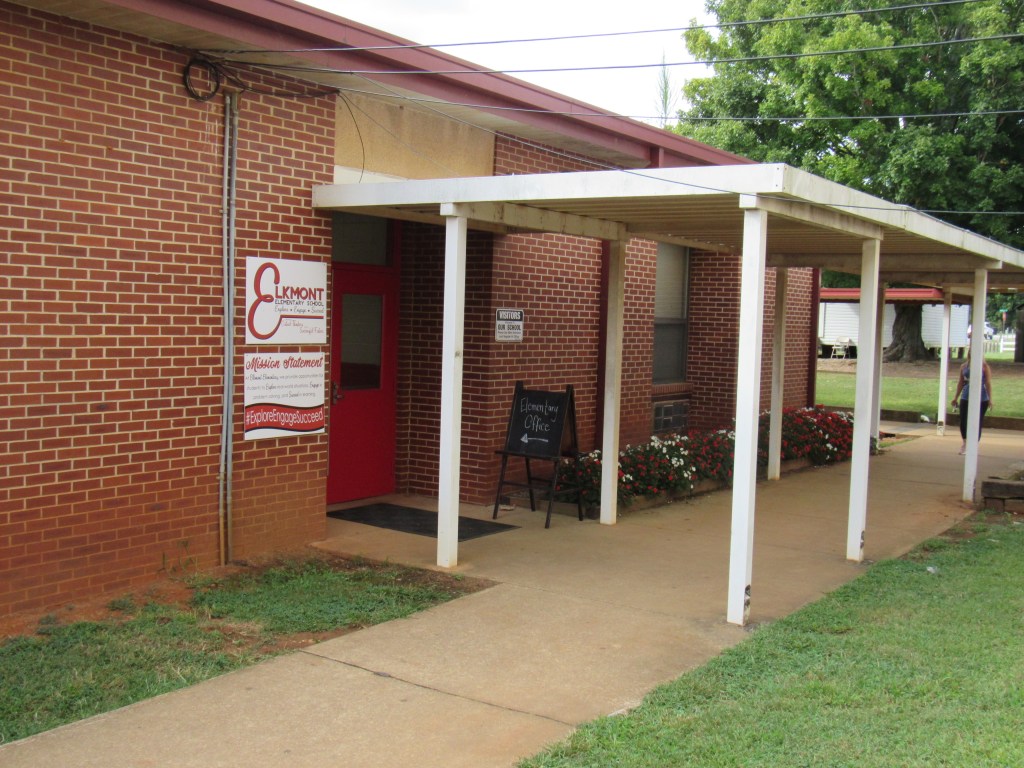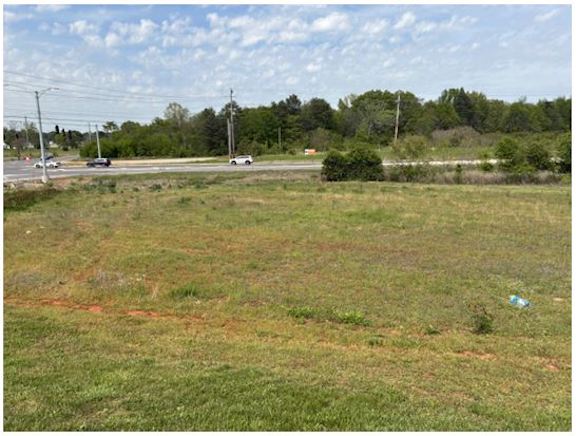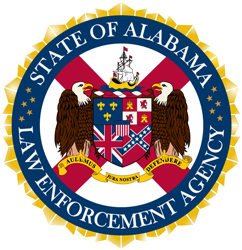PROGRESS 2021: County schools looking to the future
Published 6:30 am Saturday, February 27, 2021

- Elkmont Elementary School's main entrance.
Editor’s Note: This article is part of an annual series by The News Courier called “Progress.” This year, our team is returning to its roots with a classic Progress look at how far our county has come and what lies ahead for organizations, departments, officials and residents in the Athens-Limestone area.
Upgrading facilities, offering new courses and expanding workforce training are just a few of the ways Limestone County Schools has worked to ensure its students are ready for more than just receiving a diploma when they finish senior year.
“It’s all about providing opportunities for our students,” according to LCS Superintendent Randy Shearouse. “How do we go about making the right decision so moving forward, our students get exactly what they need?”
A key part of that is planning — planning which capital projects to start next, how classrooms will operate during a pandemic, how best to use the technology and resources available.
Building the future
Over the last two decades, LCS has worked to reduce the number of schools serving grades K–12 under one roof and accommodate for the influx of elementary students. In the process, multiple new schools have been built, including Creekside Primary and Creekside Elementary in eastern Limestone County, Blue Springs Elementary in the Clements area and most recently, Sugar Creek Elementary in western Limestone County.
There’s also schools that serve K–12 on the same campus but have grown to need separate administrators for elementary and high school, like Tanner and Elkmont. It’s with these schools in mind that officials continue their work and have made a new Elkmont Elementary campus one of the top projects for 2021.
“Part of our capital plan is to make sure we do plan for the future, and Elkmont will certainly help with that,” Shearouse said.
LCS’ capital plan spans five years and includes upgrades and additions at campuses throughout the district. Shearouse said the system was fortunate this year to be able to set aside $3 million per year for projects, and they review the plan regularly to ensure their priority list matches the growth and needs of the district.
“This is going to be a topic of discussion for Limestone County Board of Education for years to come because of the growth that is occurring here,” Shearouse said.
In fact, it’s a topic they’ll be reviewing this weekend at a two-day retreat for the Limestone County Board of Education. The purpose of the retreat is strategic planning, he said.
“We want to see where we are and where we want to go,” Shearouse said. “You certainly have to have a vision for the future, and we certainly want to see Limestone County students get the education that will allow them to get great jobs in the area, get into the college of their choice.”
Pandemic problems
When the novel coronavirus arrived in Alabama, Limestone County was one of the first stops it made. Gov. Kay Ivey announced all schools would close March 19, 2020, but LCS decided to shut down three days early.
The focus on students didn’t stop, though, as schools were quick to announce meal pickups, at-home assignments and other measures.
By the time classes resumed in August 2020, schools had implemented multiple policies in hopes of keeping transmission down. Unfortunately, LCS still had to announce closures at two schools and once systemwide before the regularly scheduled winter break, Shearouse said numbers have dropped considerably going into the second half of the school year.
As of Thursday, only five staff members were off work due to a positive test result or quarantine after close contact with someone who was positive, and 40 students were out due to quarantine or a positive test result, according to Shearouse.
“It is nice to see those numbers drop,” he said. The school system had previously reported quarantine numbers in the hundreds.
The lessons learned during the pandemic are likely to influence future decisions, too. Shearouse noted flu numbers are down, possibly due to social distancing, the use of facial coverings and a heightened sense of the importance of washing hands, sanitizing commonly used surfaces and staying at home if showing symptoms of a communicable disease.
“We check temperatures and those things, and you wonder if those safety protocols haven’t helped with other things besides COVID,” he said.
COVID-19 relief funds from the state helped LCS make changes in other areas as well.
“We recognized very quickly the need to make sure all students had connectivity and make sure all students had devices,” he said. “… Everything is based on technology now. You have to have the infrastructure; you have to have the devices to provide the services to students.”
Shearouse said the end goal is to get through the pandemic and get students back in traditional classrooms, but LCS’ virtual programs “served a great purpose this year” and will continue to be an option for those that need it.





